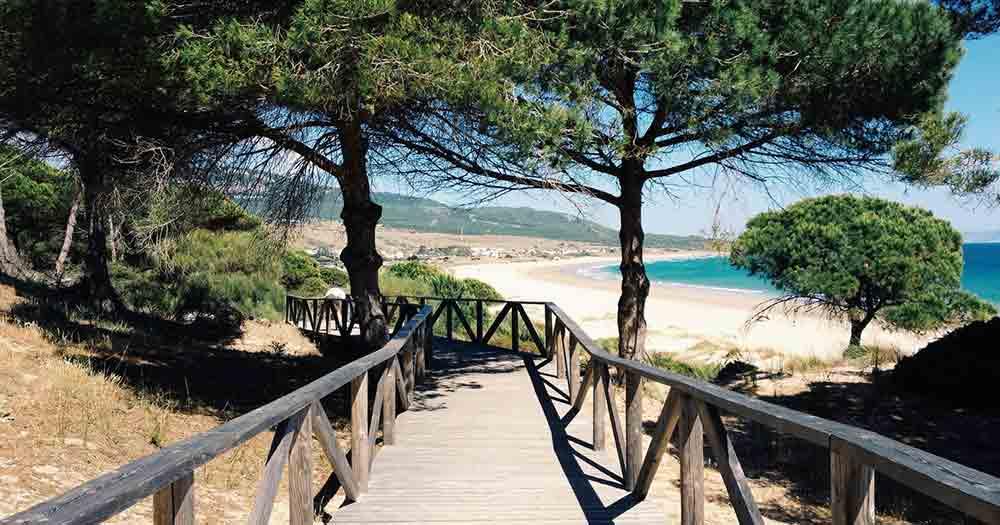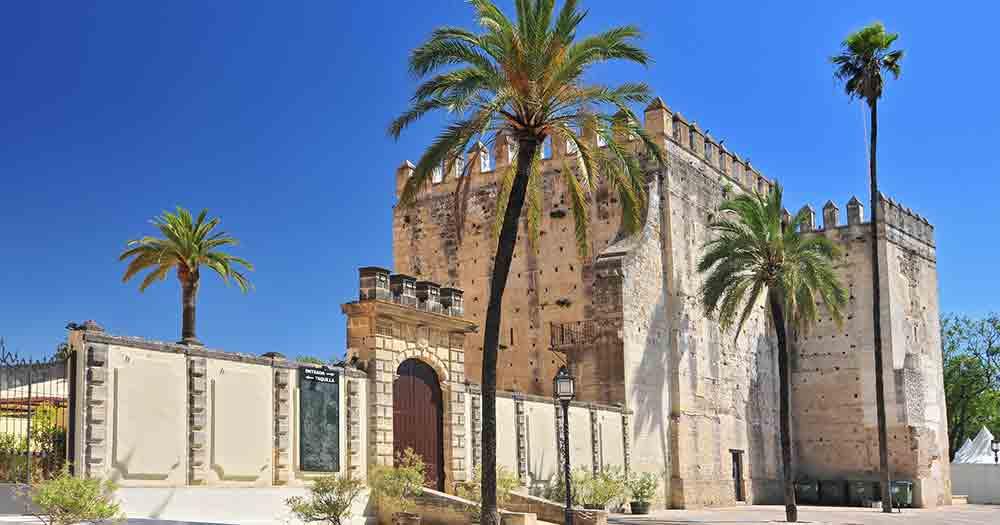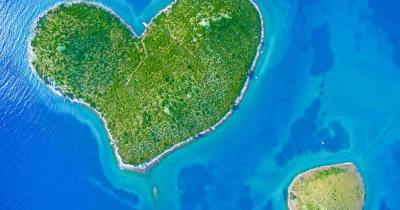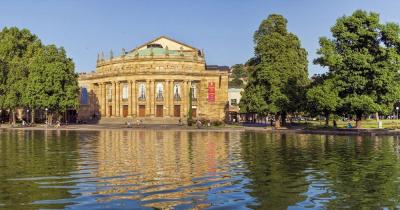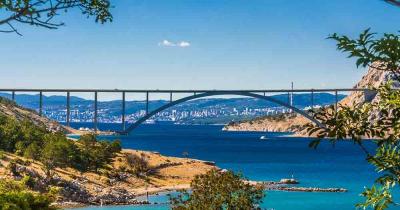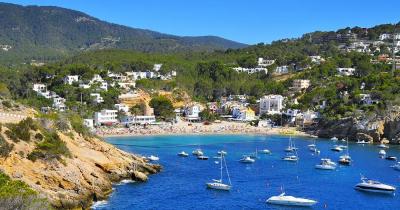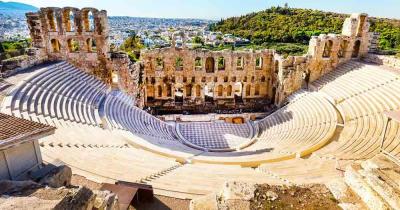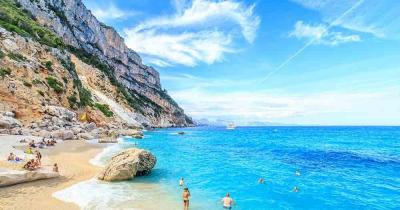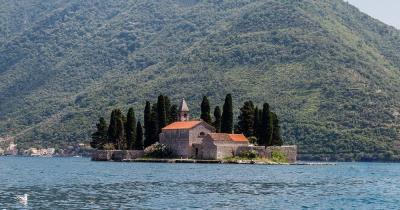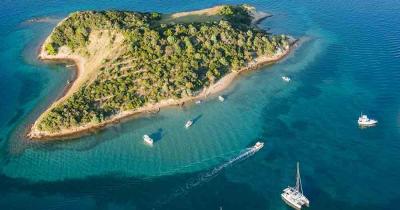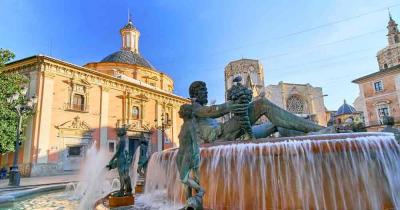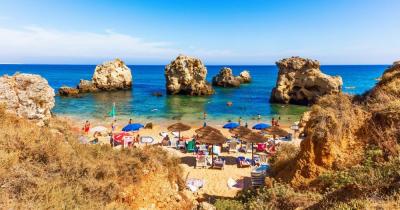Costa de la Luz
The daily sunshine and the endless dunes
Categories: Costa de la Luz Andalusia Spain
Most vacationers come to the Costa de la Luz because of the mild climate, the daily sunshine and the endless dunes with fine sand. Some also because the wind blows much more than in the Mediterranean and attracts surfers and kite surfers. And the light plays a very special role on the Costa de la Luz. The facades of the white villages appear extraordinarily bright, the light is reflected in the sea and the waves and appears brighter than usual on the "coast of light". 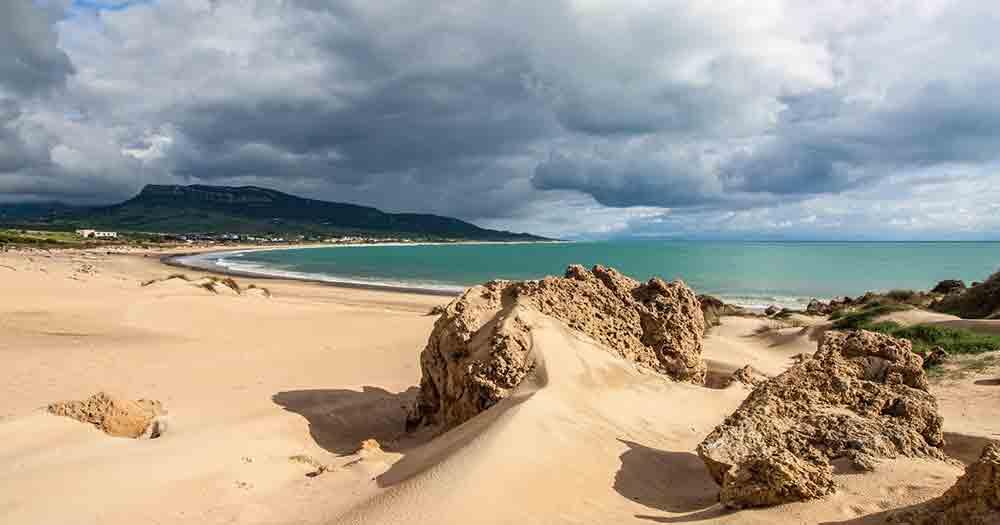 © gert hochmuth / Fotolia
© gert hochmuth / Fotolia
There should also be vacationers, who take a vacation on the Costa de la Luz only because of this special light and capture it in their pictures or photos and carry it home.
Near the city of Huelva, the river Guadiana forms the Spanish-Portuguese border and the Costa de la Luz begins. She stretches up to the most southern point of Spain to Tarifa. The castle of Tarifa rises majestically over the beach, which is animated with wind- and kite surfers and you should not miss this spectacle!
From here Africa is only about 14 kilometers away and the coast of light disappears in the Strait of Gibraltar. The hinterland of the Costa de la Luz is characterized by mountains and vineyards. The national park 'Parque Natural de Los Alcornocales' is famous for old holm oaks and very close by is Europe's largest cork oak forest. Between Tarifa and the mouth of the Guadalquivir River there are some beautiful cities with their beautiful snow-white beaches, like Bolonia, a small village with about 150 inhabitants and a huge dune with miles of sandy beach.
Playa de Levante, in Benidorm is the party beach on the Costa Blanca until November. In the east of Benidorm is this approx. two kilometer long beach which is always well frequented and where people party from morning till night. Mainly British audience you will meet here, but also Spaniards and Germans.
Directly at the mouth of the river lies the lively fishing and seafaring town of Sanlucar de Berrameda with its historic old town.
From here it is not far to the national park and the town has an information center for the Coto de Doñana with information about the park and how to visit it. It owes its reputation mainly as a bird park and resting place for the migration of birds to Africa. Up to 400.000 ducks, 70.000 geese, limes and black-tailed godwits spend the winter in the park. Brood-guests are herons and spoonbills, the purple-chicken and the Kammbläßralle. A paradise for every bird lover, because here, if he is lucky, he can still meet the very rare Iberian Imperial Eagle.
In addition to the birds, 48 mammal species live in the National Park, such as deer, wild boars and about 30 pardel lynxes, which are threatened with extinction.
Turning to the beautiful beaches, one must mention Isla Cristina and Islantilla. These two villages are located directly on the Atlantic Ocean, at the very beginning of the Costa de la Luz. From this originally small fishing village, you can make numerous hikes into the protected wetlands of Marismas de Isla, which are well marked. 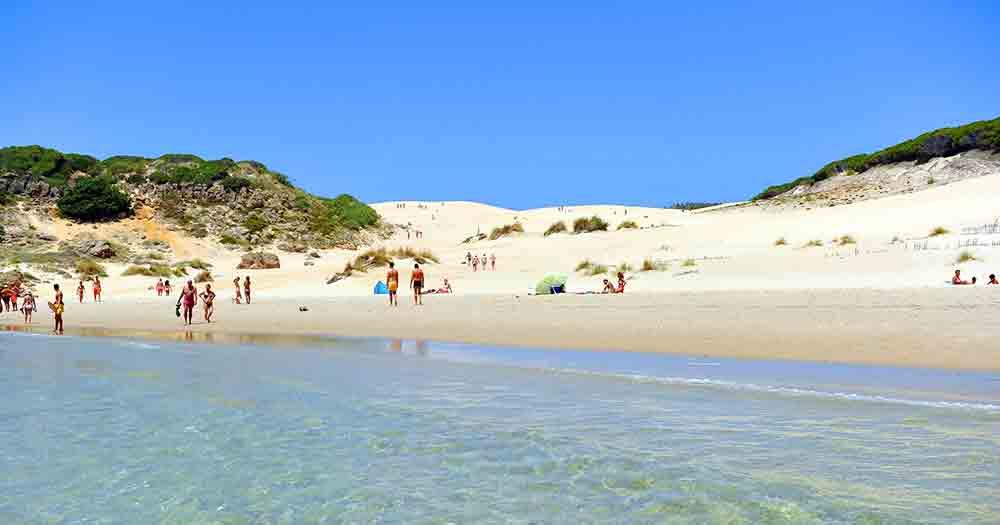 © joserpizarro / Fotolia
© joserpizarro / Fotolia
There are also many possibilities to observe rare birds and at the same time enjoy the 12 km long beach to Islantilla. The small town of Umbria, surrounded by pine forests, is also a popular vacation resort because of its beautiful beaches. Punta de Umbria, a tower from the 14th century was built to warn of attacks. Today one drives with the "Canoas" to Huelva or into the nature park Marismas del Odiel or into the Los Enebrales, likewise an ecologically interesting nature paradise.
